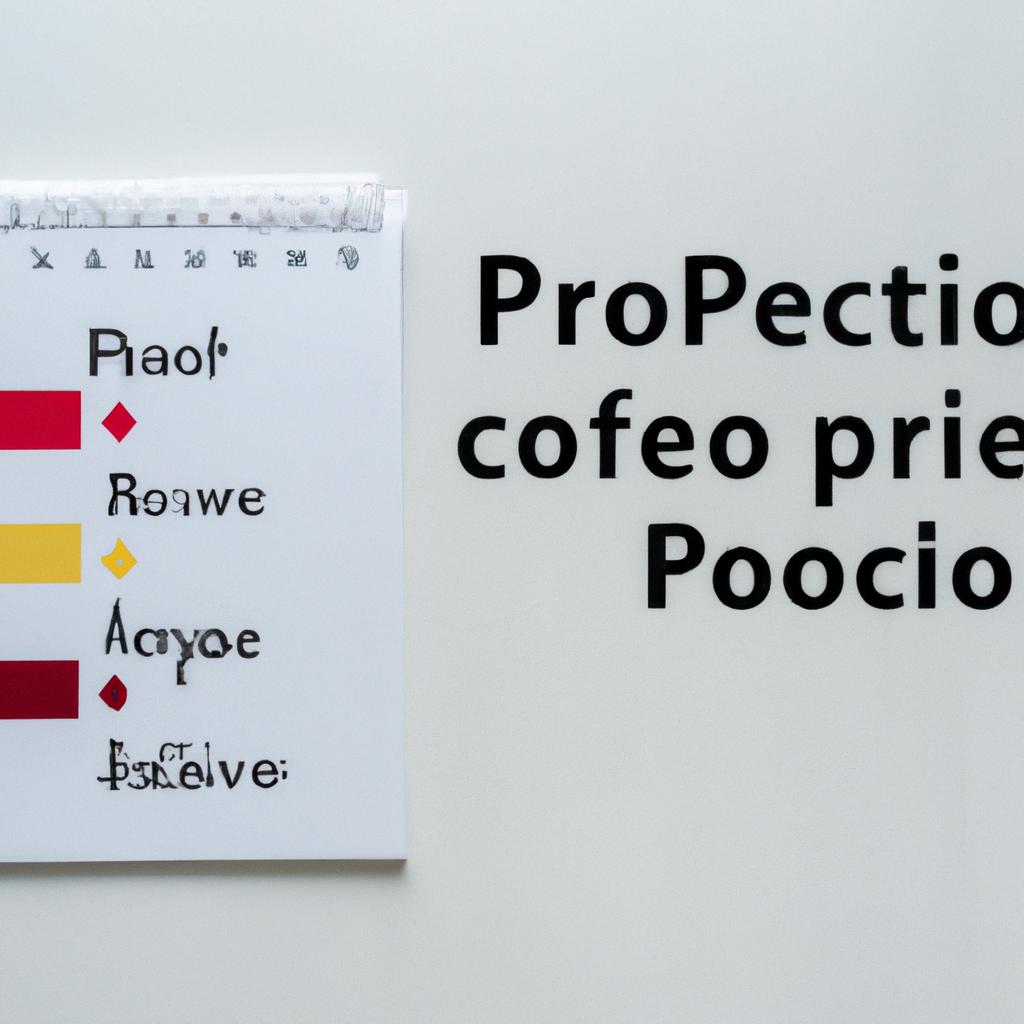In the intricate world of estate planning and asset protection, the establishment of a trust can provide individuals with invaluable benefits and peace of mind. Among the myriad of assets that can be transferred into a trust, a bank account holds a unique significance in ensuring the seamless management and distribution of funds according to one’s wishes. As experienced practitioners in the realm of estate law, Morgan Legal Group, located in the bustling heart of New York City, specializes in guiding individuals through the meticulous process of placing a bank account into a trust. In this article, we delve into the essential steps and considerations involved in this crucial aspect of estate planning, shedding light on the meticulous strategies required to safeguard and enhance one’s financial legacy.
– Understanding the Legal Framework: Transferring Bank Accounts to a Trust
Transferring a bank account to a trust is a crucial step in estate planning to ensure that your assets are protected and managed according to your wishes. Understanding the legal framework behind this process is essential for a seamless transition. When putting a bank account into a trust, it is important to follow these steps:
- Choose the right type of trust: Before transferring your bank account, determine the type of trust that best suits your needs, such as a revocable living trust or an irrevocable trust.
- Update your account information: Contact your bank to update the account information, adding the trust as the account holder and specifying the trustee who will manage the funds.
- Provide necessary documentation: Prepare and submit the required legal documents, such as a trust agreement, to the bank to complete the transfer process.
By following these steps and working with an experienced legal team, you can ensure a smooth transfer of your bank account to a trust, providing security and peace of mind for your future financial planning.

– Key Considerations Before Making the Decision
When putting a bank account into a trust, it is crucial to consider the following key factors before making the final decision. Firstly, **understand the different types of trusts** available for estate planning purposes. A revocable living trust allows for flexibility and control during your lifetime, while irrevocable trusts offer asset protection and potential tax advantages. Deciding on the type of trust will depend on your specific goals and circumstances.
Secondly, review the financial institution’s policies regarding trust accounts. Not all banks or credit unions may allow you to transfer your account into a trust. It is essential to check with your financial institution to ensure that they support trust accounts and understand any requirements or restrictions that may apply. Additionally, consider consulting with an experienced estate planning attorney like Morgan Legal Group in New York City to ensure that the trust is properly established in accordance with state laws and regulations.
| Key Considerations | Details |
|---|---|
| Trust Type | Revocable vs Irrevocable |
| Financial Institution | Support for Trust Accounts |

– Establishing and Maintaining Trust Compliance: Best Practices
Putting a bank account into a trust is a crucial step in estate planning to ensure the smooth transfer of assets to beneficiaries. To establish this, follow these best practices:
- Contact your bank: Reach out to your financial institution to inquire about their specific requirements for transferring a bank account into a trust.
- Prepare necessary documentation: Gather all essential documents, including the trust agreement, personal identification, and any additional forms required by the bank.
- Complete transfer paperwork: Fill out the necessary paperwork provided by the bank accurately and thoroughly to initiate the transfer process.
- Fund the trust: Transfer the funds from your individual bank account to the newly established trust account.
- Monitor account activity: Keep track of the trust account regularly to ensure compliance with trust regulations and to maintain the trust’s financial health.
Additionally, it is recommended to consult with a legal professional specializing in trust compliance to ensure the proper establishment and maintenance of your trust. By following these best practices, you can safeguard your assets and create a secure financial future for your loved ones.
Below is a sample table illustrating the key steps and considerations when putting a bank account into a trust:
| Step | Description |
|---|---|
| Contact your bank | Reach out to your financial institution to inquire about their specific requirements for the transfer. |
| Prepare necessary documentation | Gather trust agreement, personal identification, and any additional forms required by the bank. |
| Complete transfer paperwork | Fill out provided paperwork accurately to initiate transfer process. |
| Fund the trust | Transfer funds from individual bank account to newly established trust account. |
| Monitor account activity | Regularly track trust account to ensure compliance and financial health. |
One of the first steps in putting a bank account into a trust is to establish a revocable living trust. This type of trust allows you to maintain control over your assets while still providing the benefits of a trust. Once the trust is established, you can then transfer ownership of your bank account into the trust. Working with trust attorneys can help ensure that this process is done correctly and that your assets are protected according to your wishes. By seeking professional guidance, you can ensure that your assets are safeguarded and that your beneficiaries are provided for in the future.
Q&A
Q: What is the advantage of putting a bank account into a trust?
A: Putting a bank account into a trust can help streamline the transfer of assets to beneficiaries after your passing and potentially avoid the lengthy and costly probate process.
Q: Can I still use the funds in my bank account if it’s in a trust?
A: Yes, you can still use the funds in your bank account as the trustee of the trust. The trust simply acts as a legal entity that holds the account for the benefit of your chosen beneficiaries.
Q: How do I go about putting my bank account into a trust?
A: To put your bank account into a trust, you’ll need to create a trust document outlining the terms and conditions of the trust, then retitle the account in the name of the trust.
Q: Are there any tax implications when putting a bank account into a trust?
A: There may be tax implications to consider when putting a bank account into a trust, so it’s important to consult with a financial advisor or estate planning attorney to understand the potential tax consequences.
Q: Can I change my mind and take my bank account out of the trust?
A: Yes, you can update or revoke a trust at any time as long as you have the legal capacity to do so. This flexibility allows you to make changes to your estate plan as needed.
Key Takeaways
In conclusion, putting a bank account into a trust can be a wise decision for safeguarding your assets and ensuring their proper distribution to your beneficiaries. By following the steps outlined in this guide, you can navigate the process with ease and peace of mind. Remember to consult with a legal professional to ensure your trust is properly established and your wishes are carried out according to your wishes. So take the necessary steps to protect your financial future today!
 How to Put a Bank Account into a Trust
How to Put a Bank Account into a Trust
Putting a bank account into a trust can have many benefits for individuals looking to protect their financial assets. A trust is a legal document that allows a person, known as the “trustee,” to hold and manage assets on behalf of another person, known as the “beneficiary.” Trusts can be used for a variety of purposes, such as estate planning, asset protection, and minimizing taxes. In this article, we will discuss the process of putting a bank account into a trust and the benefits of doing so.
Understanding Trusts
Before we dive into how to put a bank account into a trust, let’s first understand what a trust is and its different types. A trust is a legal entity where an individual (trustor) transfers their assets to someone else (trustee) to hold and manage for the benefit of a third party (beneficiary). Trusts can be either revocable or irrevocable, depending on the terms set by the trustor. In a revocable trust, the trustor can make changes and even dissolve the trust at any time. In contrast, an irrevocable trust cannot be changed or revoked once it is created.
There are several types of trusts, including living trusts, testamentary trusts, special needs trusts, and more. Each type has its unique purpose and benefits, which should be carefully considered before creating a trust.
Benefits of Putting a Bank Account into a Trust
1. Probate Avoidance
One of the significant benefits of putting a bank account into a trust is avoiding the lengthy and expensive probate process. Probate refers to the court-supervised process of distributing a deceased person’s assets. By putting a bank account into a trust, the account will not go through probate and will instead be transferred directly to the named trustee for distribution to the beneficiary.
2. Asset Protection
Trusts can offer significant asset protection for individuals who want to safeguard their assets from potential creditors and lawsuits. When a bank account is placed into a trust, it is no longer considered the property of the beneficiary, thus providing protection from legal claims.
3. Tax Planning
Placing a bank account into a trust can also have tax-saving benefits, such as minimizing estate taxes. In a trust, the trustee has more control over distributing the assets, allowing for strategic planning to minimize tax implications.
4. Privacy
Unlike wills, which become public records during the probate process, trusts offer more privacy as they are not disclosed to the public. This means that details of the bank account and its beneficiaries remain confidential.
Steps to Put a Bank Account into a Trust
1. Choose the Type of Trust
As mentioned earlier, there are different types of trusts, and choosing the right one for your needs is crucial. Consult with a trust attorney or financial advisor to determine the best type of trust for your situation.
2. Create a Trust Document
Once you have decided on the type of trust, the next step is to create a trust document. This document contains all the necessary details of the trust, such as the trustee, beneficiaries, and assets.
3. Obtain a Tax ID Number
Before you can transfer a bank account into a trust, you will need to obtain a tax identification number (TIN) for the trust. You can do this by completing and submitting Form SS-4 to the Internal Revenue Service (IRS).
4. Notify the Bank
Once you have the TIN, you can then notify the bank of your intent to transfer the bank account into the trust. The bank will require a copy of the trust document and the TIN to make the necessary changes.
5. Transfer the Bank Account into the Trust
The final step is to transfer the bank account into the trust. This will involve completing a transfer form provided by the bank and providing the TIN and trust document.
Tips for Putting a Bank Account into a Trust
1. Consult with a Professional
As with any legal document, it is essential to consult with a trust attorney or financial advisor to ensure that the trust is set up correctly and meets your specific needs.
2. Be Thorough and Accurate
When creating the trust document, it is crucial to be thorough and accurate in providing all necessary information. This will help avoid any potential issues or disputes in the future.
3. Review and Update Regularly
Life circumstances can change, and it is essential to review and update the trust document as needed. This will ensure that the trust remains relevant and effective in protecting your assets.
Conclusion
Putting a bank account into a trust can offer a range of benefits, including probate avoidance, asset protection, tax planning, and privacy. Understanding the different types of trusts and following the necessary steps to transfer the bank account can ensure smooth and effective asset protection. Remember to consult with a professional and regularly review and update the trust document to ensure it aligns with your current needs and circumstances.












